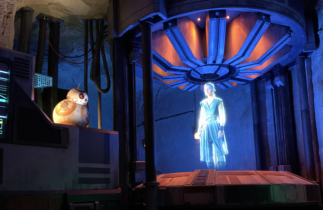Currently, most online data “transfers”–communicating with friends and family, working with colleagues and clients, purchasing goods and services, and reading articles and social media are all facilitated with Web 2.0 infrastructure. This means that Web 2.0 is the foundational technology of our economy and society. So what about Web3, or Web 3.0?
One of the issues of the Web’s current iteration is that it is centralized. Centralization results in several limitations: being owned and controlled by a few central systems, it is vulnerable to hacking, corruption, and nefarious manipulation. There is a lack of data protection, and the data that is owned by that central authority usually belongs to big tech or the government.
Web 3.0 has grown from an imagined concept of a digital world starting in the mid-2000s to one that is possibly decentralized in the mid-2010s. In the current decade, the tech industry has begun to acknowledge the vast potential possible with an online ecosystem built from a decentralized Web 3.0.
This shift would require the complete replacement of the current internet architecture we see with Web 2.0 and replace it with blockchain-based infrastructure.
The result would be more democratic, with a shift to decentralized data ownership, peer-to-peer exchanges of data and assets with no intermediaries, protection from bad actors, and information that has guaranteed, blockchain verified sources. This shift to a decentralized Web 3.0 would fundamentally change how our businesses, financial systems, and societies are run for the better.
Read the full article here.






